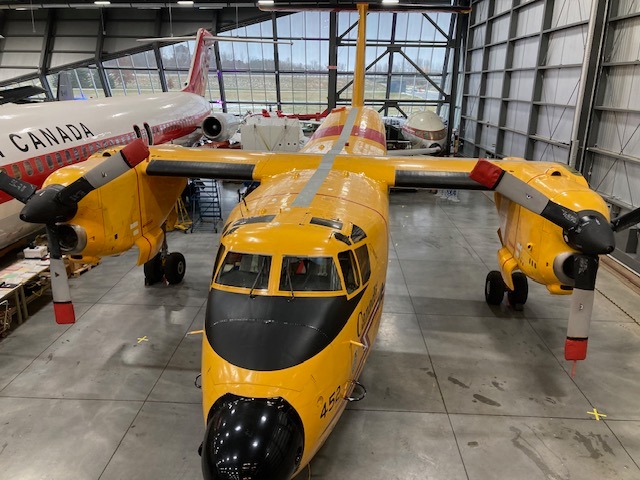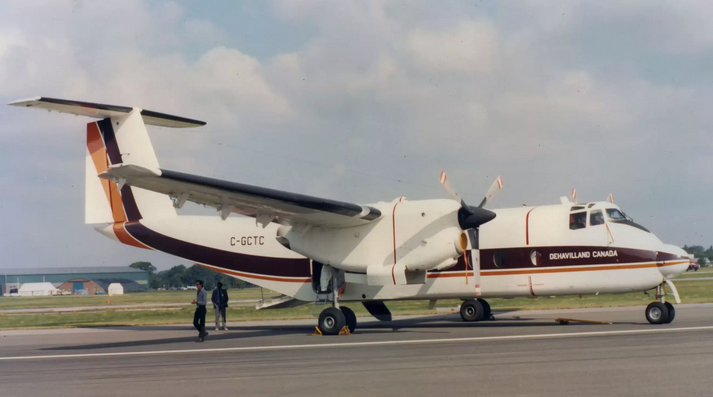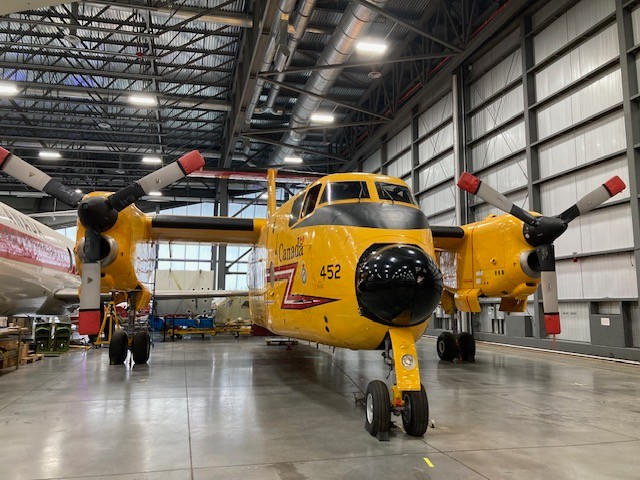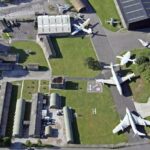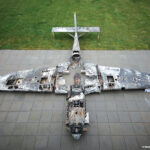Over the past year, the Canada Aviation and Space Museum has been making room for the acquisition of the de Havilland Canada CC-115 Buffalo with tail number 452 from the Royal Canadian Air Force (RCAF). On November 28, the iconic search-and-rescue (SAR) aircraft was delivered to the museum after serving 55 years as a tactical transport and SAR platform for the RCAF.
The De Havilland Aircraft Company of Canada DHC-5 Buffalo is in essence, an enlarged turboprop development of the De Havilland DHC-4 Caribou. The type is readily distinguished from its predecessor by its T-tail and larger engine nacelles. The prototype de Havilland DHC-5 Buffalo (US Army 63-13686) was first flown on 9th April 1964 and followed an experimental turboprop conversion of the Caribou that had been flown on 22nd September 1961 as the ‘DH Caribou II’. Like the de Havilland DHC-4 Caribou, it was a rugged, short take-off and landing (STOL) aircraft ideally suited for operations from unprepared airfields. The de Havilland DHC-5 Buffalo was characterized as offering twice the payload capacity of the de Havilland DHC-4 Caribou, combined with superior short-field performance.
Accordingly to the Canada Aviation and Space Museum’s website, CC-115452 came into service on 8 July 1967 when it was delivered to Aerospace Engineering and Test Establishment. 452 initially operated out of Canadian Forces Base (CFB) St-Hubert, QC in a tactical airlift role with 429 Squadron. In 1972, 452 was leased to de Havilland and registered as CF-QVA. In the spring of that year, the airplane was used in artificial icing trials at Edwards Air Force Base in California.
As part of Operation DANACA, 452 and two other RCAF Buffalos were assigned to No. 116 Air Transport Unit for service with United Nations Emergency Force II from 1973 to 1979. The Buffalos were primarily based at Ismalia in Egypt but 452 operated out of Somalia in 1978. Continuing with its UN duties, 452 was used in Operation Oxide in the early 1980s, supporting UN election observers in Rhodesia.
From the early 1980s to the mid-1990s, 452 rotated between CFB Comox in British Columbia and CFB Summerside on Prince Edward Island, conducting Search and Rescue missions on both coasts. From the mid-1990s to 2022, 452 was based exclusively at CFB Comox, serving with 442 Squadron. 452 made the last operational flight of a CC-115 on January 15th, 2022. The airplane was transferred to the museum and arrived at its new home in October 2023. Visitors to the museum can view the Buffalo during tours of the Reserve Hangar, which houses many of Canada’s national aviation icons not currently displayed on the museum floor.
For more information about the Canada Aviation and Space Museum, visit www.ingeniumcanada.org/aviation







